Reed’s Top Ten of the 2010s
7 Jan
Building a top ten list encompassing an entire decade in film (particularly one as dynamic as the 2010s) is remarkably daunting. My approach to this list abandoned considerations of objective quality, or even of personal favoritism.
I wanted to assess the films that have come to affect me the most, either personally or creatively: the films which have most frequently populated my conversations and arrested my imagination. So, in that spirit, ranked by degree of impact, here are the ten most important films of the decade to me, and why they matter to me…
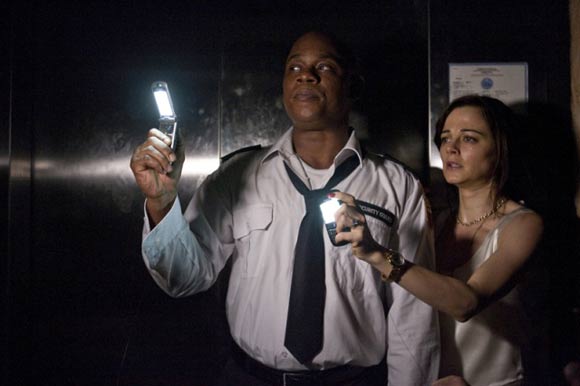
10. DEVIL (2010)
By 2010, the decline of M. Night Shyamalan as a critically appreciated filmmaker had almost come to full fruition. The Last Airbender had just followed The Happening (and Lady in the Water before it). I can remember when the trailer for this film played, and the words “from the mind of M. Night Shyamalan” appeared, the theater audience laughed. But when I finally saw the film, an understated chamber piece about five people stranded in an elevator, – one of whom might well be the devil himself – I was surprised by its simple effectiveness.
It has an economical pace, with a run time of under 80 minutes, and an exaggerated sensibility that stays fun throughout its entirety. It has some genuine frights to it as well (while I doubt anyone is likely to have any sleepless nights from it, I dare anybody not to be pretty creeped out by the titular Devil’s ultimate reveal). But the two things which most impressed me about this film on a personal level were the ways in which it overtly examined the spiritual gravity of our choices and the ultimate conclusions it draws about the power of confession and forgiveness.
Now, Shyamalan notably did not direct or write the screenplay for the film (he is credited only with the story), but his trademark is all over it. And while the director and screenwriter should be given utmost credit for executing a tight, enjoyable little thriller, the biggest takeaway I had from the film at the time was that – perhaps – Shyamalan wasn’t quite finished with telling some great stories. And it wouldn’t be long until he re-entered the public conscience as a cinematic voice to appreciate once again.
On a more personal note, The Fear of God podcast launched in August of 2016, it had always been decided that our very first film to cover would be Devil, setting a tone for nearly all of our conversations about exploring horror and faith in the same contexts.
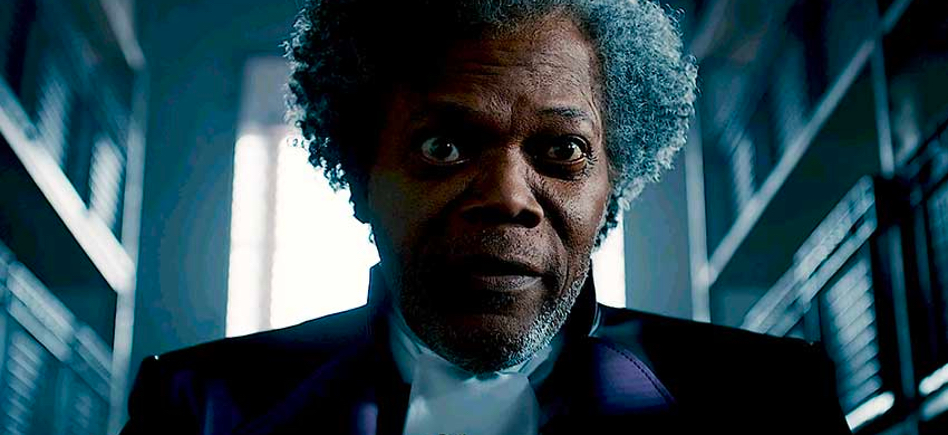
9. GLASS (2019)
Whew, boy. This one’s gonna earn me some grief. But please, hear me out.
In 2000, nearly a decade before the MCU began and just as the very first X-Men film was being release, Shyamalan gave us Unbreakable. It presented a fascinating, grounded approach to an origin story for a comic book hero years before superhero movies would saturate the cinematic landscape. Even through his decline, Unbreakable remained a highly regarded film. So when he finally gave us Split 16 years later, on the wave of a cultural resurgence of popularity, the king of surprise twists gave us arguably his biggest doozy when he showed us that David Dunn, the hero from Unbreakable, existed in the same world as the multiple-personality Kevin Wendell Crumb. I can still recall the electricity in the theater when the familiar music arose and Bruce Willis appeared. The anticipation was volcanic.
While Unbreakable was well ahead of the superhero cinematic boom, and Split was a stealthy surprise, Glass had to bear the full weight of expectation, not only from the affection for the first two films (one of which had been gestating for more than a decade), but also from the new climate of superhero overload. The MCU had given us Avengers: Infinity War the year before and Endgame was breathing down our necks; the DCEU was struggling to maintain interest from a heavily divided audience; and Spider-man films had been rebooted not once, but twice.
Now, this film is called Glass, meaning – ostensibly – that it is Elijah Price’s story. Its frame – and by extension, the frame of the entire trilogy – is of a man’s search for meaning: a quest to unleash the miraculous hidden beneath the common. This doesn’t mean that Elijah is a hero – let us not forget that his quest included mass murder. But despite his inexcusable devaluing of the lives of others, his ultimate quest remains compelling. He wants to show the world something amazing.
Glass refused to give us an explosive fist-fight through city streets, and nobody sailed off into the sunset. Instead, we got a conversation about the ways in which we define ourselves. The primary conflict is a battle of wills between a man who unwaveringly believes in wonders and a person who actively tries to undermine that belief (which we ultimately learn is because she knows the truth).
Despite the heavy-handed comic book metaphors, the notion that there are things in this world beyond our understanding, and those who actively work to combat those truths, ignited my imagination. The real villains in Glass are those who deny mystery, who normalize wonder, and who declare the miraculous to be nothing more than insanity.
But those voices don’t get the last word. And the victory this time doesn’t belong to the heroes – or the villains. This time, the victory belongs to those who cared for them – the parents, peers, and children – who believed in them, sympathized with them, and loved them in spite of themselves.
The world can be a fragile place – as fragile as Elijah’s bones – and the foggy mirrors through which we contextualize ourselves and our surroundings sometimes needs to be shattered. Amidst a glut of superhero stories telling much more simplistic metaphors, I found this bold – though admittedly flawed – vision to be deeply and richly compelling.
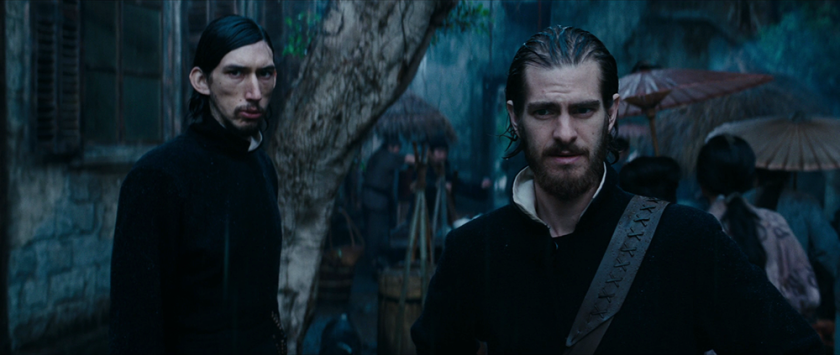
8. SILENCE (2016)
Scorsese is no stranger to complex theology. His most prominent works are saturated with the most challenging of moral and spiritual dilemmas. But it is Silence, his labor of love about persecuted missionaries in Japan, which most profoundly resonates with me.
This film came out the same year as Hacksaw Ridge, an admittedly strong film (also starring, ironically, Andrew Garfield) with a much more direct and less messy statement of conviction. That film received most of the formal recognition when awards nominations were handed out, but the more sensitive and deeply personal exploration presented by Scorsese (about two priests who venture into Japan to locate one of their own amidst extreme persecution) was far more arresting to me.
Silence does not abide in a world where conviction is always rewarded. It does not take place amidst the security of rescue or the promise of painless existence. It stands at the intersection of suffering and grace, where both carry tremendous uncertainty, exact an unspeakable cost, and hold tremendous power. And Scorsese is a savvy enough filmmaker to allow the complexity of his characters’ choices to sit in contrast – those who would rather die than deny their faith and those who cannot see another alternative. Judgments are often passed by those who sit in comfort upon those who sit in ashes. And God is far too frequently found in the silent space between the two.
The film still challenges and inspires me. It forces me to recognize the limits of my knowledge and the limits of my will, and to recognize that God knows all and sees all. If anyone understands – if anyone can – it is Him.
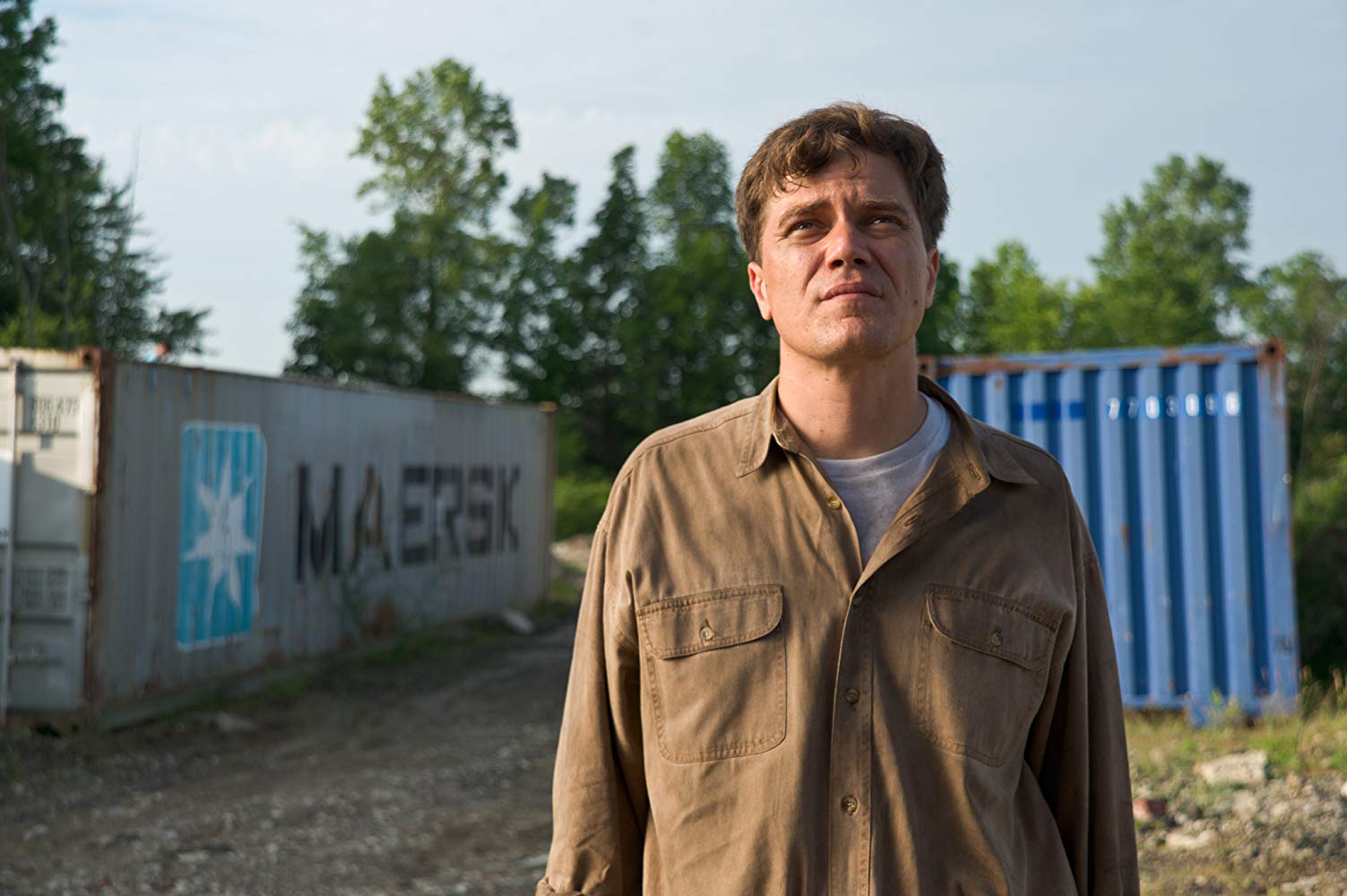
7. TAKE SHELTER (2011)
It is difficult for me to get to the bottom of why this film resonates so powerfully with me, but when I try to think about it, I see one very specific moment in the movie.
Curtis (Michael Shannon), a man plagued by undefined anxieties and driven to foolishly rash decisions as a result, has alienated his friends, lost his job, and nearly bankrupted his family in efforts to provide them with a safe space in which to hide when the trouble – whatever it is – finally arrives. In a moment of deference to his beautiful wife Samantha (Jessica Chastain), he agrees to attend a local community dinner. They are trying to reclaim a sense of normalcy.
But things go badly when he is confronted by his estranged friend Dewart and a fight ensues. In the wake of this altercation, Curtis delivers a fiery tirade to everyone in the room. He hollers with the fury of a Pentecostal preacher that “There is a STORM COMING! And not ONE of you is prepared for it!” He is losing his grip on his future, his sense of stability, and his mind. But in response, his wife – rather than abandon him in embarrassment and outrage – tenderly calms him, takes him by the hand, and leads him out. It is a moment of incomparable grace in a story saturated with dread and isolation.
She provides him shelter.
It is the film’s sensitive and authentic portrayal of this relationship, its harrowing vision of a man in crisis with his surroundings, and Jeff Nichols’ beautifully subtle approach which make the film incredibly powerful. Like the anxieties which it portrays, there are no easy or simple answers; but like the marriage at its heart, there are places in which we can find shelter in one another and in the love and trust that comes from those with whom we ride out the stormy night.
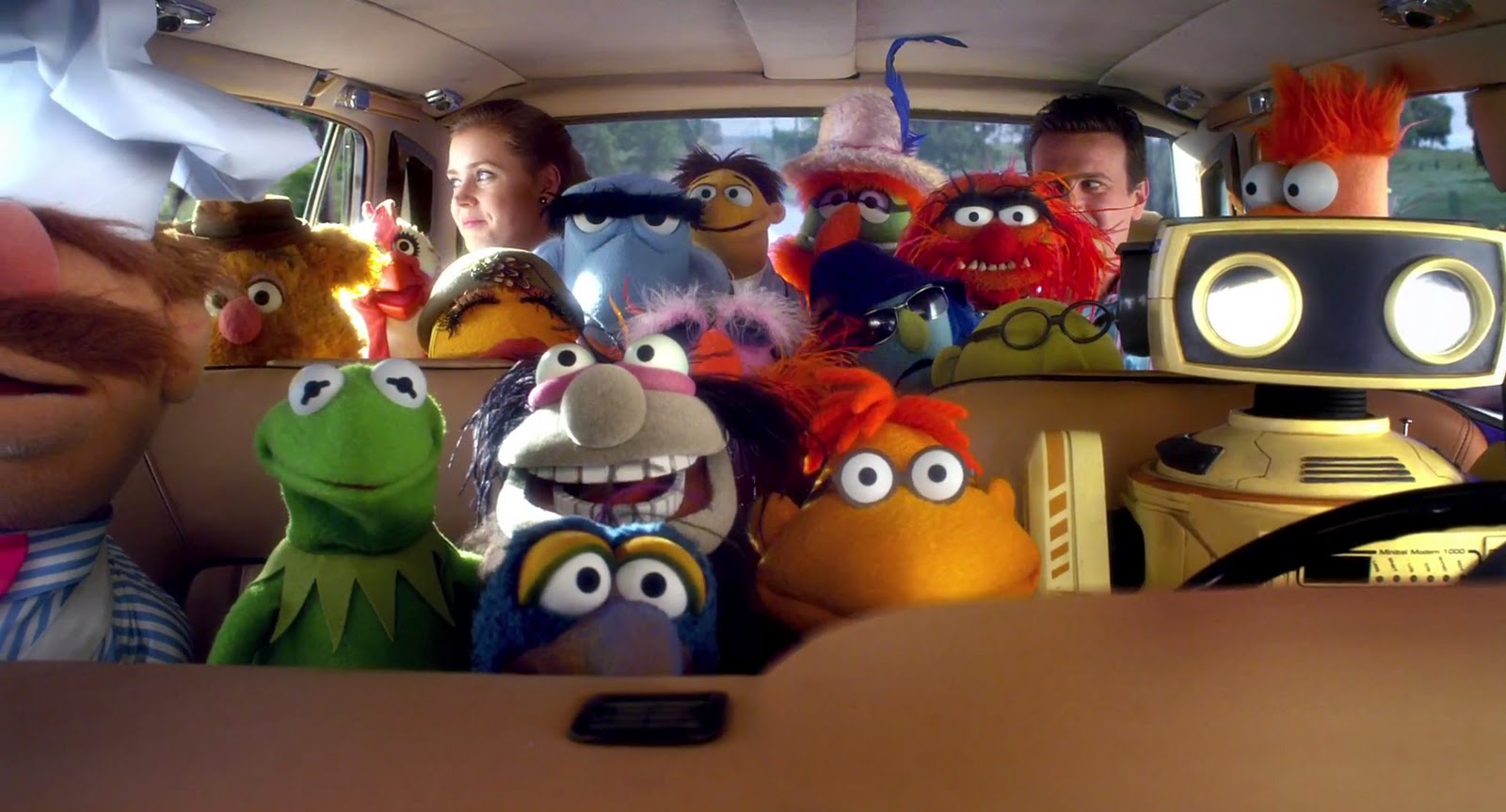
6. THE MUPPETS (2011)
After a stream of relatively heavy entries, it may feel surprising to see this drastic pivot into the world of Henson’s lovable felt-skinned friends on my list. But this wonderfully charming revival of Kermit and the gang, coming so early in the decade, became tremendously significant as the years went by.
On a few personal notes, my wife and I were very nearly expecting our son’s birth around the time we saw this in the theater (it would ultimately be the last film we saw in the theater before his birth). We also saw it at the famed El Capitan theater in Hollywood, which featured props and costumes from the film as well as a live set of Christmas songs performed – in person – by Kermit and Miss Piggy themselves. It even snowed soap bubbles in the theater. I can remember leaning over to my wife after it was over and saying, “Holy crap, we still have the MOVIE to look forward to.”
And when the movie finally came, it was amazing. It was so apparent from every frame that this was a film made by fans that clearly loved the Muppets and understood what made them work so well: the humor, the optimism, and – of course – the showmanship. It reflected a maturity in addressing the bygone legacy of the gang while never sacrificing the intrinsic charm and amiable camaraderie that made us forget they were merely puppets. In short, it was magical.
The film itself spawned multiple future attempts to continue the magic, including a passably lovable sequel and a short-lived prime time TV return with a little-bit-too-meta flavor. But nothing quite captured the precise tone that made this fresh cinematic return so wonderful. Disney has thus far continued to struggle to find the right way to use these cherished characters. But meanwhile, this specific installment remains a delightful love letter to all of the lovers, the dreamers, and me.
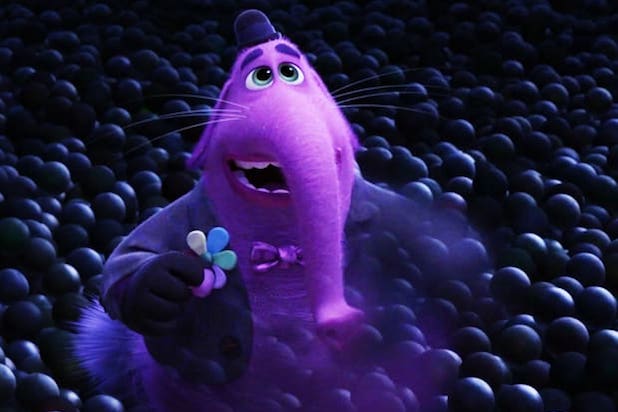
5. INSIDE OUT (2015)
In the same way that The Muppets is heightened by personal associations with when and where I saw it, Inside Out will always and forever be the first film my wife and I took our son to see in the movie theater. He was three years old.
That experience alone would be enough to position the film as meaningful to us, but the film was also Inside Out, one of Pixar studios’ most mature and sensitive pieces. It has received well-earned praise, usually ranking it in the top 5 of any objective list ranking Pixar’s output. But the characters became staples in our home, represented on clothing and artwork and becoming verbal metaphors for ways to express ourselves to our son and each other. As a film and as a concept, Inside Out has become tremendously cherished to us as a family, but the main reason it lands in the top five for the decade is because of two words: Bing Bong.
If you’ve seen the film, I probably need say no more. If you haven’t, then forgive the following spoilers. Suffice it to say that the journey of the lovable “friend who likes to play” is one of the most poignant and powerful in the entire Disney catalog, let alone Pixar. His decision in the last third of the film to be left behind and fade from memory is richer and deeper than similar selfless sacrifices in ways only the universe of Inside Out could achieve. Because, if you’ll recall, when we first meet Bing Bong, he is collecting memories for the sole purpose of being able to get to headquarters – so that the child in whose head he lives will remember him. When other characters have made noble sacrifices, they frequently are given the honorable seat of cherished memory in the hearts and minds of the other characters.
But Bing Bong is not only choosing to give his life for a worthy cause, he’s choosing to give up the one thing his character wanted. He’s choosing to be forgotten. It’s an immensely powerful and surprisingly mature story for such an exaggeratedly cartoonish character. It has stayed with me since the first moment I saw it, and quickly escalated Bing Bong to rank as my personal favorite character in all of Pixar or Disney.
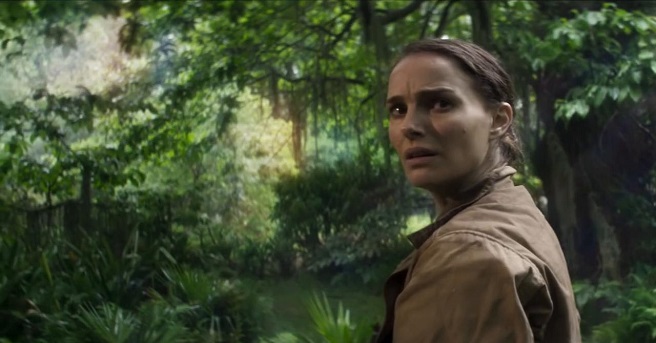
4. ANNIHILATION (2018)
I can’t think of a favorite film I understand less than Annihilation. Saturated with inventive ideas (narratively, visually, thematically…) this is a film which is challenging in all of my favorite ways. The premise is deceptively simple: a strange luminescent dome is growing, consuming all of the landscape it touches. None of the teams of people sent in to explore this “shimmer” have ever returned, until one man finally does. In the wake of that development, a team of female scientists form a new expedition to try to find the source of this phenomenon and its meaning. Once inside, they will be changed forever.
What galvanizes me most about this stunning film is its capacity to so deftly dance with mystery. Certain crucial elements are explained in explicit detail, but most of the film is not. What we are given is a sequence of occurrences which challenge our characters’ understanding of reality and their conclusions about what is possible or impossible. Likewise, we the audience are similarly challenged, and posed a few haunting questions in the process.
The unbridled imagination this film displays would alone possibly be enough to rank it high among my viewing experiences for the year, but the specific exploration it makes about our fears of and relationship to real change – I’m talking change on a cellular level – is tremendously powerful to me. We talk often, particularly in faith circles, about new creations and being made new. We also spend our fair share of time discussing our desire that the “old” passes away
But in truth, we would be far more skeptical of such change – and perhaps terrified to our very core – when confronted with it on such a deep, raw, fundamental level. I’ve occasionally considered this concept in abstract terms, but Annihilation gave me a narrative metaphor in which to examine what it might look like. And from the moment I first saw it, I’ve never quite been able to shake it.
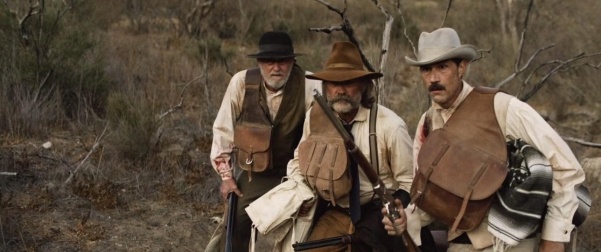
3. BONE TOMAHAWK (2015)
My favorite genres are horror and western. Naturally, when this critically praised but relatively obscure mash-up of the two hit my radar, I had to prioritize it. I was unprepared for how electrifying and resonant the film would be.
Bone Tomahawk is a checklist of exceptional craft: a poetic and powerful script; memorable and richly drawn characters; affecting and emotionally resonant performances; a distinct visual style; and an assured directorial hand. Its premise is both simple and epic, with four men riding into the wilderness to rescue two loved ones from monsters. But it is the depth of understanding that Zahler infuses into his world that causes such staggering impact.
This is a film that works on both textual and subtextual levels. It can be appreciated and enjoyed as a straight-forward western monster story or as a deeper examination of how we navigate the tenuous line between hope and despair. The existential quandaries beneath the surface are never so heavy-handed as to bog the proceedings down, but are visible enough that even a moment’s closer look will begin to reveal them to us.
It is brutally violent (featuring one of the most graphic death scenes ever committed to film), but also surprisingly tender. Its characters are archetypes, but not stereotypes. It is two-sentence simple in narrative, but volumes-deep in theme. It is a phenomenal film and the one I have probably discussed and recommended more than any other these past 10 years.
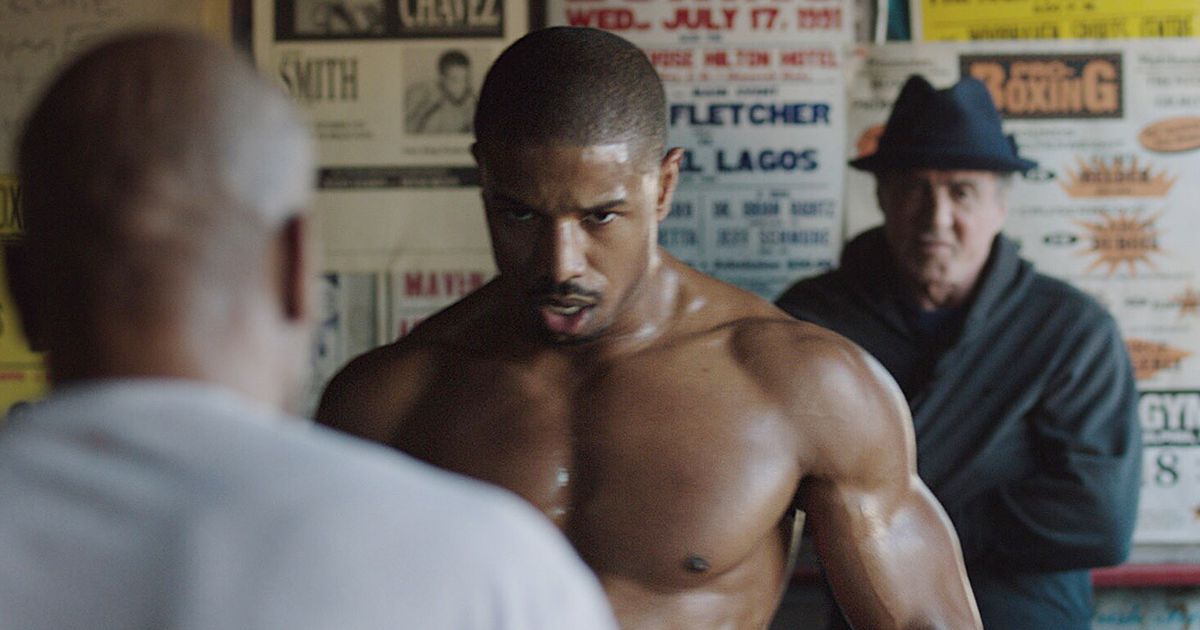
2. CREED (2015)
In full disclosure, I’ve always been a fan of the Rocky franchise. I remember seeing the original for the first time as a young teen and being really enamored with what is arguably the quintessential cinematic underdog story. I had gone to see Rocky Balboa, the franchise’s sixth entry, in the theaters on Christmas day of 2006 and presumed that would be the final word on the story.
So when it was announced that Ryan Coogler, director of the devastating and powerful film Fruitvale Station, was continuing the series by bringing in Apollo Creed’s son to train with an aging Rocky Balboa, I was immediately invested. The magnitude of expectation I had going into this film can’t quite be exaggerated. This was a character that had stood with great affection in my imagination for years, presented in a fresh context by a director who had shown that he could deliver a deep, emotional wallop.
I never imagined that Creed would not only meet those expectations, but – forgive me – knock them right out. Coogler demonstrated such a profound understanding not only of the Rocky franchise and what made it so resonant to audiences for so many years, but of the broader complexities of legacy and the struggle we each have to reconcile who we are with where we came from.
The film neither denies the earlier entries in the franchise nor does it depend upon them. Like its titular main character, it seeks to stand on its own while still understanding and honoring its place in the larger scope of history. And the emotional roller coaster on which it sends its audience is so fully earned that nothing ever feels cheap or pandering (the iconic musical callout during the final fight may be the single most earned moment of fan service in the history of cinema, simply because of how well grounded it is in the rest of the film’s elements).
This is a powerful and inspiring film. Lots of Rocky films have had quotes which will make you want to stand up and fight, but perhaps none of them are as hopeful or empowering as “…one step, one punch, one round at a time.” And the way the film operates on both intimate and grand levels is impressive. The characters are fighting not only their physical opponents, but questions of their own mortality and physical limitations as well.
The fact that this seventh entry in a franchise – and fundamentally a reboot – is still a powerful and inspiring piece in its own right is staggering. It’s a film I know I will cherish forever.
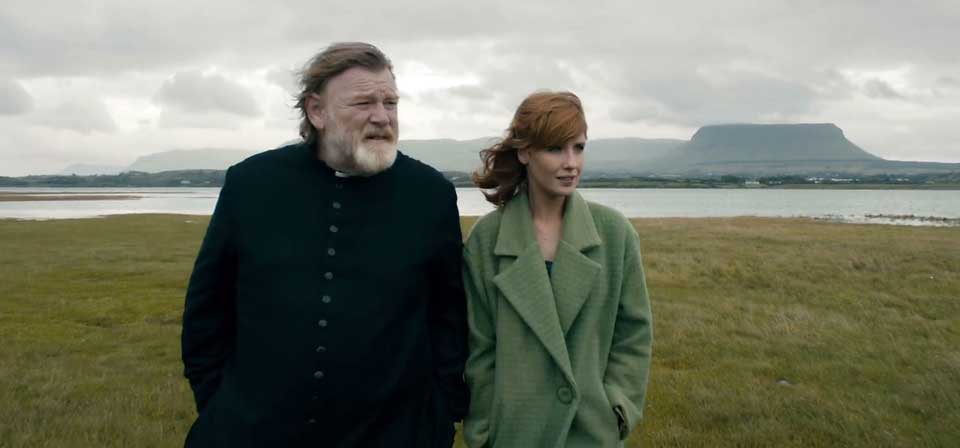
1. CALVARY (2014)
Before I ever knew what would be included on this list, let alone each placement, I already knew what the number 1 would be. No film has affected me more deeply this past decade than this one. I missed it in the theaters, but the night I brought it home from the library, I sat in stunned silence when it was over. I knew I had seen something special, but lacked the vocabulary to properly process it. I watched it again in its entirety the very next night.
The film follows a week in the life of a priest – Father James (played by Brendan Gleeson) – who shepherds a small Irish community. In the opening scene, Fr James is confronted by a hidden confessor who tells him that, for the abuses he had suffered as a child at the hands of other priests, he will kill James in one week’s time. For innocence lost, he will take vengeance upon the innocent.
What proceeds is ostensibly a very common week for Father James. He visits his parishioners, he speaks with his colleagues, and he entertains a visit from his slightly estranged daughter (who has just recently attempted suicide). He talks with all of these people about life and faith, choice and consequence, hope and despair. Some taunt or berate him, others thank him, but all of them listen, unaware that a cloud of pending death hangs over this particular week, should his would-be attacker go through with his plan.
The film explores the complicated relationship between church and society with staggering maturity, remarkable humor, and a profound insight. Father James, being an imperfect but fundamentally decent man, provides a lens through which to view the wounds abusers inside and outside of the church have wrought upon people. He aches with the grieving, cares for the ailing, has absolutely no tolerance for pretentious claims or attitudes, and carries out his duties with a reverence that is untainted by naivety. The way Gleeson is able to so fully inhabit this character in all his complexity is nothing short of astounding.
The parishioners themselves display a variety of vices and virtues, representing differing worldviews with such diverse specificity as to almost be considered human symbols. And yet the film never feels like a fable. It feels deeply rooted in an abiding trust that despite the unspeakable pains which arise in this world, there are those among us who are doing all they can to help. Their voices are not often the loudest, and are sometimes silenced far too early, but they are there.
I do not know the personal faith perspectives of either the director or his stars, but I would position Calvary as one of the most profound explorations of the role of faith in society, and at the individual level, since Bergman. It is a work of intimate humanity which seeks to look beyond our frailties to find our strength, and the source of our hope. And because it is fully committed to a grounded approach, and a keen understanding of human nature, it might just restore some of what’s been lost of that hope along the way.
It’s a film that has come to matter a great deal to me, more than any other I have seen this decade by a great distance.



No comments yet